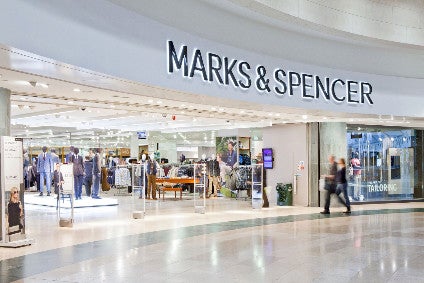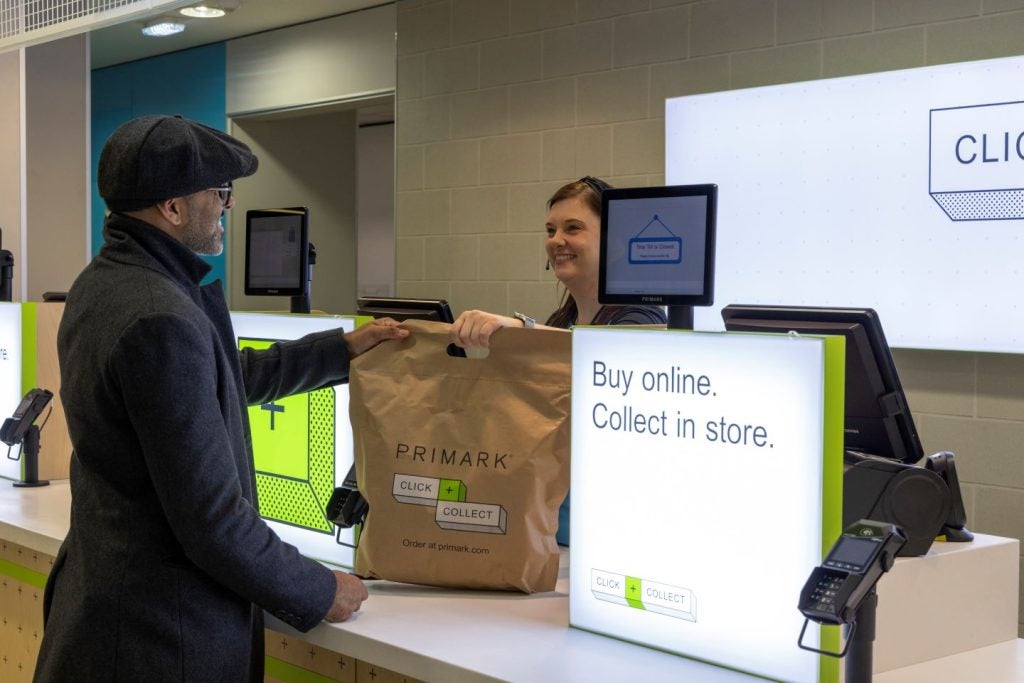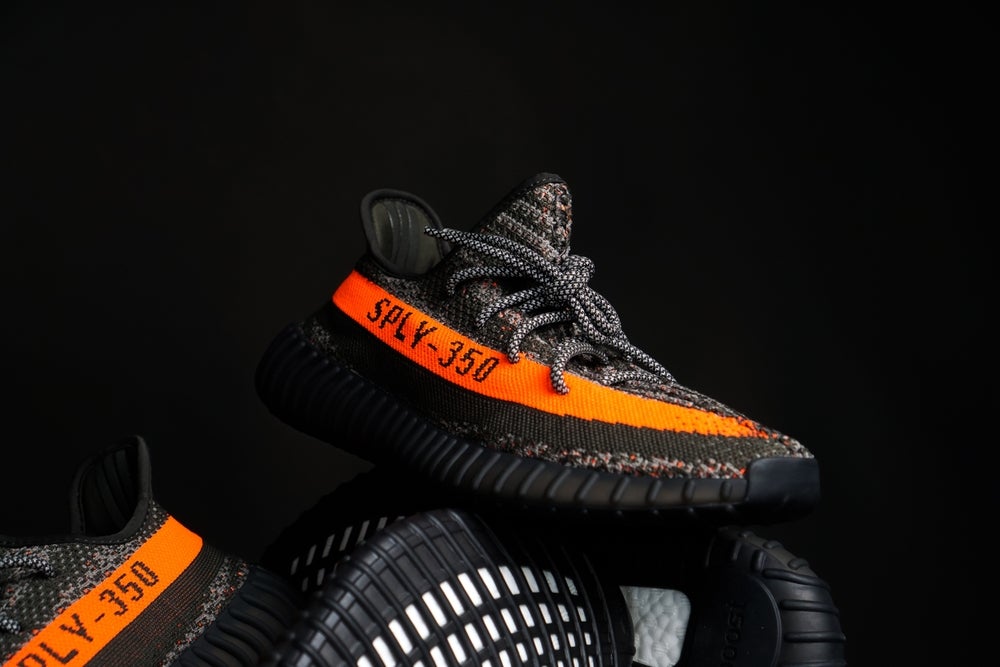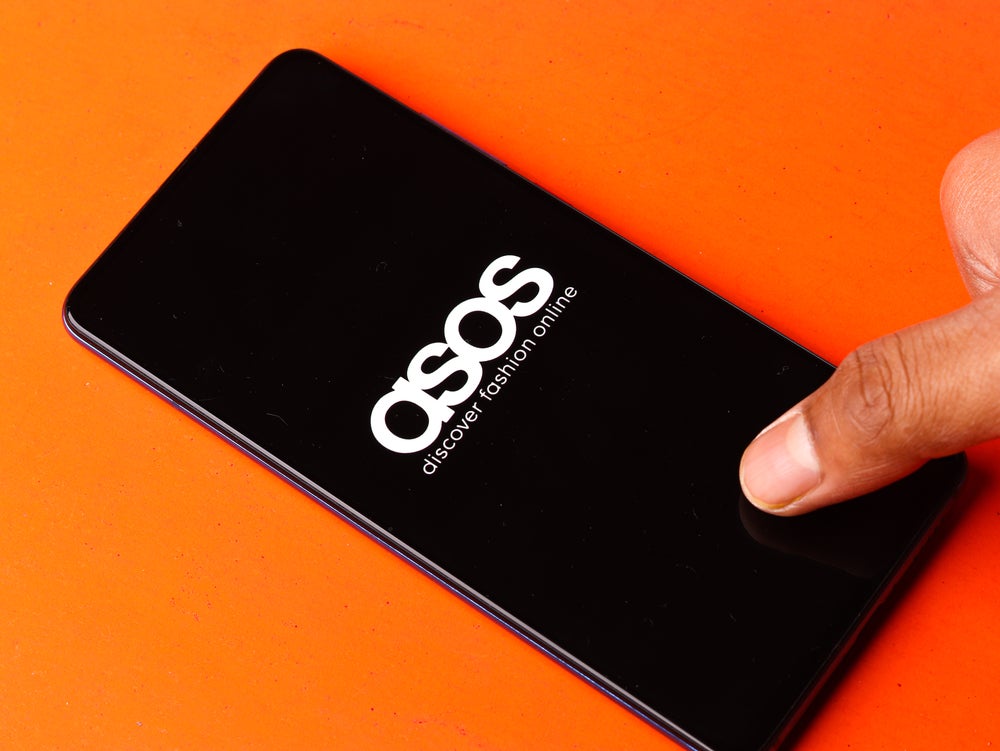
UK retailer Marks & Spencer has reported its first ever loss as a publicly-listed company after coronavirus lockdowns led to a slump in clothing sales.
The UK homeware, clothing and food retailer booked a net loss of GBP71.6m (US$92.8m) in the six months ended 26 September, compared to earnings of GBP122.4m a year earlier. M&S incurred one-off costs during the period, including GBP92.1m related to its restructuring.
Despite this, the retailer said the business performed better than expected with revenues down 15.8% to GBP4.09bn, outperforming its Covid-planning scenario by 22.8%.
Store closures in the first quarter, ongoing social distancing and the priority to clear stock, however, heavily impacted clothing and homeware sales, with revenues slumping 40.8% to GBP917.2m. This comprised a 61.5% decline in the first quarter and 21.3% in the second. Online sales were up 34.3% thanks to strong traffic, increased conversion and lower returns.
The division recorded an operating loss before adjusting items of GBP107.5m from a profit of GBP109.6m last year, reflecting the lower sales and the successful clearance of surplus seasonal ranges, partly offset by a reduction in operating costs.
See Also:
The retailer, which in August revealed plans to make 7,000 job cuts across management and stores over the next three months, said the business still had substantial headwinds to deal with, despite its stores reopening in the second quarter.
How well do you really know your competitors?
Access the most comprehensive Company Profiles on the market, powered by GlobalData. Save hours of research. Gain competitive edge.

Thank you!
Your download email will arrive shortly
Not ready to buy yet? Download a free sample
We are confident about the unique quality of our Company Profiles. However, we want you to make the most beneficial decision for your business, so we offer a free sample that you can download by submitting the below form
By GlobalDataCentral to its transformation programme is a far-reaching re-engineering of the clothing and home range, and M&S says these changes have now been accelerated and made even more urgent as a result of Covid.
This will see the retailer further reduce its option count and the long tail of slow-moving SKUs to reshape the range to volume buys of faster moving lines and concentrate supply into fewer, high quality suppliers delivering “better quality and cost price.”
The retailer will also look to reduce costs and improve stock flow by re-engineering the end-to-end supply chain under an integrated supply and sourcing team led by new supply chain director Paul Babbs.
New in-store technology, more concentrated ranges and supply chain improvements will also feature.
“In a year when it has become impossible to forecast with any degree of accuracy, our performance has been much more robust than at first seemed possible,” said Steve Rowe CEO. “But out of adversity comes opportunity and, through our Never the Same Again programme, we have brought forward three years’ change in one to become a leaner, faster and more digital business.”
The retailer didn’t offer any guidance for the full year but cited significant uncertainty in the near-term around both Covid and Brexit.
Trading in the first four weeks of the second half has continued at similar rates to the end of the second quarter, with clothing and home revenue down 21.5%. M&S says the UK’s new circuit breaker lockdown is likely to impact the division’s earnings as store sales are significantly reduced. It is entering the second half with clothing and home stock levels down by more than GBP100m on last year.
Difficult to predict
Shore Capital analysts Clive Black and Darren Shirley say forecasting November’s performance for M&S is challenging but the sales impact is unlikely to be as bad as the first lockdown earlier this year.
“With no formal financial guidance from the group we continue to withdraw our FY2021 pre-tax profit and earnings per share estimates although we do believe that very good work has been undertaken by M&S on cost control and cash management, which means that there is no liquidity squeeze as far as we can see it; whilst we can also foresee at most only a modest increase in H2 net debt from the half-year position, which we believe would be an excellent achievement, especially given where some thinking was in May.”
Thomas Brereton, senior retail analyst at GlobalData, says that while pointing the finger at Covid-19 lockdown regulations for much of the damage seems logical, unlike many competitors, M&S’s non-food online offer has failed to recoup lost ground, with shoppers given a much wider choice of competitors, particularly in clothing.
“Indeed, M&S’s current strategy feels more like a retailer waiting for things to “get back to normal,” a potentially disastrous mantra that will only worsen the longer the UK remains in a state of uncertainty. While progress has been made this year, M&S must urgently review its oversized store portfolio to become leaner and more competitive.”







